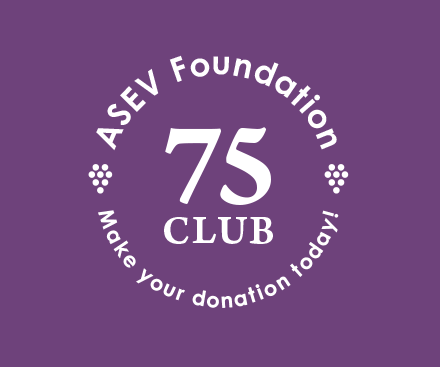Abstract
Own-rooted Riesling vines were subjected, over a five-year period, to five training treatments [alternate double crossarm (ADC); Lenz Moser (LM); low cordon (LC); low-V (LV); pendelbogen (PB)] and three within-row vine spacings (1.4, 1.8, and 2.4 m), with and without basal leaf removal applied to one-half of each vine at approximately 45 days post-bloom. Weight of cane prunings (vine size) was nearly optimal in ADC, LM, and PB systems, but was excessive in the other two training treatments. Increased vine spacing decreased vine size linearly on a per meter of row basis. Canopy density was optimized by ADC and PB training, and these two systems also had the least number of shaded leaves. Both ADC and LV systems tended to have the greatest number of exposed clusters. Yields of divided canopies (ADC and LV) averaged 55% higher than single curtain systems, but cluster weights were lower, and ADC berry weights were also lower. The ADC system produced fruit with lowest °Brix, but also with lowest titratable acidity (TA) and pH, and highest free volatile terpene (FVT) and potentially-volatile terpene (PVT) content. Leaf removal consistently reduced TA, canopy density, and shaded leaves, and significantly increased cluster exposure, FVT, and PVT. Vine spacing had a limited influence on yield and fruit composition, but interacted with training system and leaf removal on some components. ADC training led to higher leaf and cluster exposure, and higher cluster temperatures than LC training, with little difference in transpiration rate and leaf water potential. Labor requirements per m of canopy were lowest in ADC vines.
- canopy division
- canopy management
- canopy microclimate
- fruit composition
- labor requirements
- monoterpenes
- trellising
- winter hardiness
- Received February 1995.
- Copyright 1996 by the American Society for Enology and Viticulture
Sign in for ASEV members
ASEV Members, please sign in at ASEV to access the journal online.
Sign in for Institutional and Non-member Subscribers
Log in using your username and password
Pay Per Article - You may access this article (from the computer you are currently using) for 2 day for US$10.00
Regain Access - You can regain access to a recent Pay per Article purchase if your access period has not yet expired.









